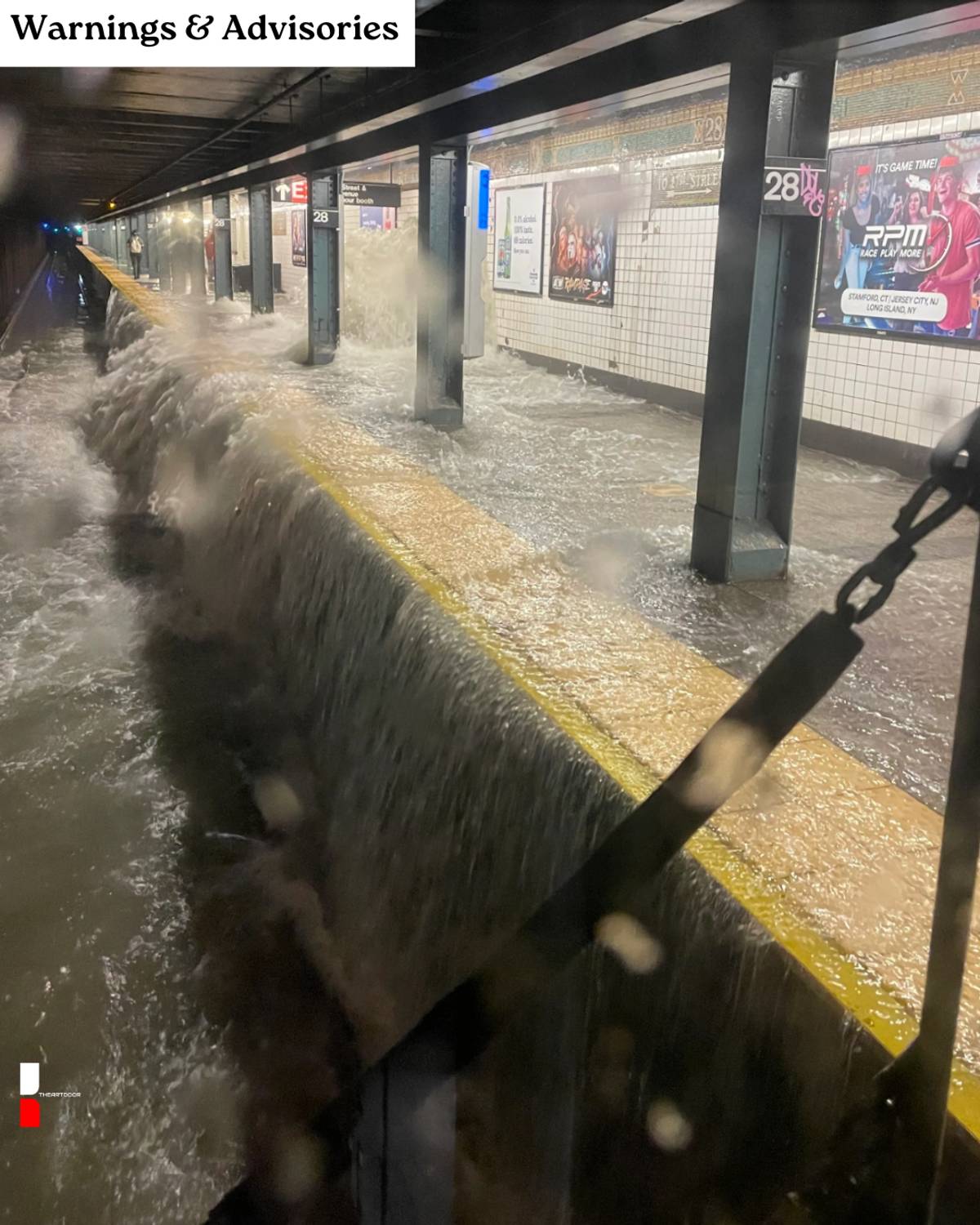Silent Crawlers: The Mysterious Life of Snakes on Earth
By Tanvi Ibrahim Patankar
Share
Photo : Tanvi Ibrahim Patankar
As humans race to build cities, satellites, and AI-powered gadgets, there’s an ancient creature quietly living among us, unchanged for millions of years. They don’t need legs to travel, arms to hunt, or loud roars to survive. They are the snakes, one of the most misunderstood and yet vital beings in Earth’s ecosystem.
What Exactly Are Snakes?
Snakes are legless reptiles belonging to the suborder Serpentes. Found on every continent except Antarctica, they’ve adapted to deserts, forests, oceans, and even urban spaces.
But beyond the fear they often inspire, snakes are marvels of evolution: their flexible jaws can swallow prey bigger than their own heads, and some can sense heat without seeing.
“Snakes are nature’s silent engineers,” says Dr. Kavya Nair, a wildlife biologist. “They control pest populations and maintain ecological balance without ever asking for credit.”
Photo: Tanvi Ibrahim Patankar
A Silent Presence in Our Ecosystem
While many people associate snakes with danger, most of the world’s 3,900+ snake species are non-venomous. They feed on rodents, insects, fish, and other small animals playing a crucial role in keeping food chains stable.
India alone is home to over 300 species, including the famous “Big Four” venomous snakes the Indian cobra, common krait, Russell’s viper, and saw-scaled viper. But for every venomous snake, there are dozens that are harmless and shy.
The Cost of Misunderstanding Snakes
The fear of snakes, often rooted in myths and misinformation, leads to unnecessary killing and habitat destruction. The consequences ripple through the environment:
- Rodent Overpopulation: Without snakes, rat numbers can surge, damaging crops and spreading disease.
- Imbalance in Food Chains: Removing a predator disturbs the balance of prey and other predators.
- Biodiversity Loss: Snakes are part of a delicate web when they disappear, other species suffer.
Why Are Snakes in Trouble?
The problem isn’t snakes invading human spaces, it's humans shrinking theirs.
- Habitat Loss: Deforestation and urban expansion force snakes into closer contact with people.
- Road Mortality: Many snakes are killed while crossing roads during seasonal movements.
- Persecution: Fear and superstition often lead to killing harmless snakes on sight.
- Illegal Trade: Some species are captured for skins, meat, or the exotic pet market.
What the World Can Teach Us
Countries like Australia and Costa Rica have invested in snake awareness programs that teach citizens how to coexist safely with them. In Kenya, farmers are trained to identify venomous species and call trained rescuers instead of killing snakes.
Meanwhile, in parts of South America, indigenous communities integrate snake knowledge into their cultural teachings, respecting them as guardians of the land.
A Path Forward for Coexistence
If we want to keep snakes and the balance they bring alive, the path is clear:
- Education Drives: Bust myths about snakes in schools and community centres.
- Habitat Protection: Preserve wetlands, forests, and grasslands where snakes thrive.
- Rescue Networks: Train local volunteers to relocate snakes safely instead of killing them.
- Digital Awareness: Use WhatsApp, YouTube, and Instagram reels to share correct information.
Photo : Tanvi Ibrahim Patankar
Closing Thought
Snakes have slithered through Earth’s history for over 100 million years, surviving meteor strikes, ice ages, and mass extinctions. Their continued survival now depends on whether we choose fear or understanding.
In nature’s grand design, every creature has a role and snakes are the quiet custodians we rarely thank. Perhaps it’s time we learned to see them not as threats, but as the silent guardians of balance.




